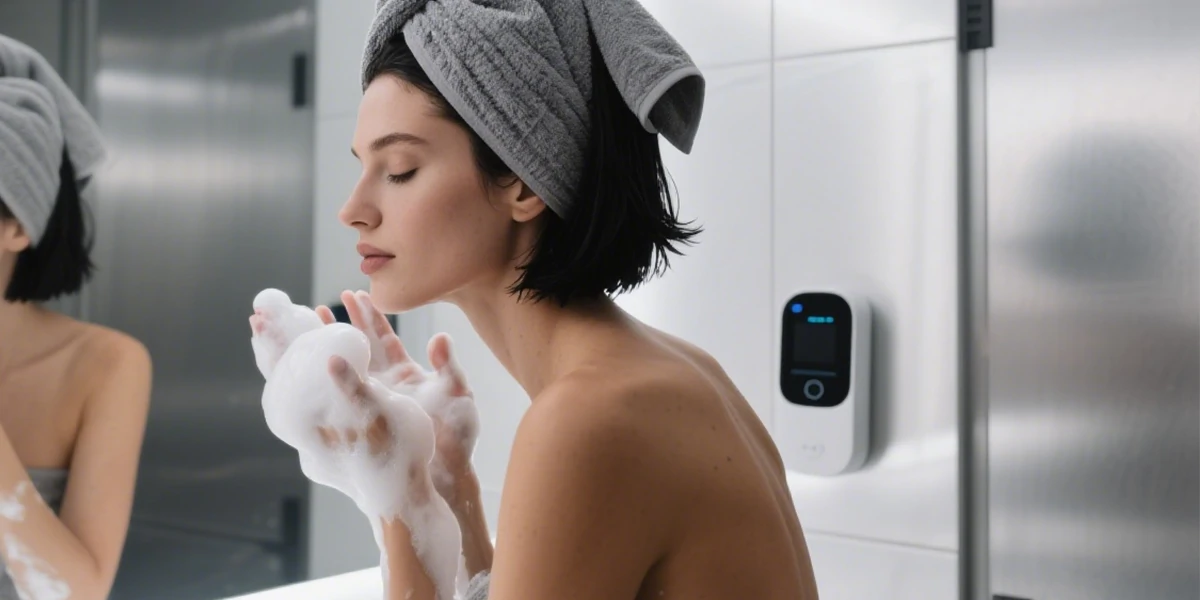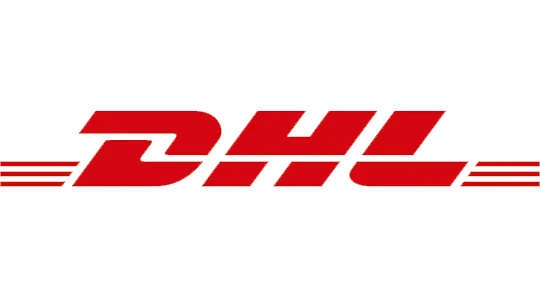Blog
Blackheads and Whiteheads: What is the Different?

When it comes to skincare, few issues are as common yet misunderstood as blackheads and whiteheads. Many people wonder about the differences between these two types of acne, leading to the question: blackheads and whiteheads—what’s the real distinction? Understanding this topic is crucial for effective treatment and prevention. In this article, we’ll explore their characteristics, causes, and the best ways to address them.
Blackheads vs Whiteheads
Blackheads and whiteheads are both forms of acne that occur when hair follicles become clogged with oil, dead skin cells, and bacteria. However, they differ significantly in appearance and formation.
Blackheads
Blackheads, also known as open comedones, have a characteristic dark appearance. This occurs because the clog in the pore is open to the air, allowing the sebum (oil) to oxidize, which results in the dark color. Blackheads are most commonly found on the nose, cheeks, and forehead.
Whiteheads
On the other hand, whiteheads are referred to as closed comedones. They appear as small, white bumps on the skin and are covered by a thin layer of skin, preventing the trapped oil from coming into contact with the air. This lack of exposure means they do not oxidize, giving them their white or yellowish appearance. Whiteheads can be found on various parts of the face and body, including the chin, forehead, and back.
What is the Cause?
Understanding the causes of blackheads and whiteheads can help in prevention and treatment. Here are the primary factors:
- Hormonal Changes: Fluctuations in hormones during puberty, menstruation, or pregnancy can lead to increased oil production, contributing to clogged pores.
- Overproduction of Oil: Sebaceous glands can produce excess sebum, which mixes with dead skin cells and clogs hair follicles.
- Buildup of Dead Skin Cells: When dead skin cells accumulate, they can block pores, leading to both blackheads and whiteheads.
- Genetics: Family history plays a role; if your parents had acne issues, you might be more prone to developing blackheads and whiteheads.
- Skin Types: Oily and combination skin types are more susceptible to these types of acne due to higher oil production.
Treating blackheads and whiteheads effectively requires a consistent skincare routine. Here are several strategies:
1. Use Proper Cleansing Products
To prevent the formation of blackheads and whiteheads, wash your face daily with a gentle cleanser designed for acne-prone skin. Look for products containing salicylic acid or benzoyl peroxide, which can help unclog pores and reduce oiliness.
2. Exfoliation
Regular exfoliation is key to removing dead skin cells and preventing clogged pores. For a more effective exfoliation, consider facial hydrodermabrasion treatment. This technology helps to deeply cleanse and exfoliate the skin, removing impurities and promoting a clearer complexion. You can check out our recommended hydrodermabrasion facial devices here.
3. Non-Comedogenic Products
Choose skincare and makeup products labeled as non-comedogenic, meaning they won’t clog pores. This is especially important for those with oily or acne-prone skin.
4. Professional Treatments
If home remedies aren’t effective, consider professional treatments such as chemical peels, microdermabrasion, or laser therapy. These options can provide deeper exfoliation and help clear stubborn acne.
Should You Squeeze Blackheads and Whiteheads?
A common question in skincare is, “Should you squeeze blackheads and whiteheads?” The answer is straightforward: No. Squeezing can lead to more harm than good. It can push bacteria deeper into the skin, resulting in inflammation, scarring, or even infection. Instead, opt for safer removal methods.
Safe Removal Techniques
If you feel the need to remove blackheads or whiteheads at home, consider using a high-quality blackhead extractor. Here are some tips:
- Sanitize the Tool: Always clean your extractor before use to prevent infection.
- Gentle Pressure: Apply gentle pressure to avoid damaging the skin.
- Facial Steaming: Steam your face beforehand to open up the pores, making extraction easier.
Do Blackhead Removers Work on Whiteheads?
Another frequently asked question is, “Do blackhead removers work on whiteheads?” The answer can vary. While some blackhead removal tools may help with whiteheads, they are usually not as effective due to the closed nature of whiteheads. For best results, focus on treatments specifically designed for closed comedones.
When to Seek Professional Help
If you experience severe acne, or if your blackheads and whiteheads become inflamed, it’s essential to consult a dermatologist. They can assess your skin and recommend appropriate treatments or prescription medications tailored to your needs.
Conclusion
In summary, understanding the blackheads vs whiteheads is vital for proper skincare. Both types of acne can be treated effectively with the right products and techniques. Remember to be patient and consistent with your skincare routine, and avoid popping or squeezing to prevent further complications. With the right approach, you can achieve clearer, healthier skin.
Have you struggled with blackheads or whiteheads? Share your experiences and tips in the comments below! If you found this article helpful, please share it with friends or on social media to help others learn about managing these common skin concerns. Together, we can achieve better skin health!













